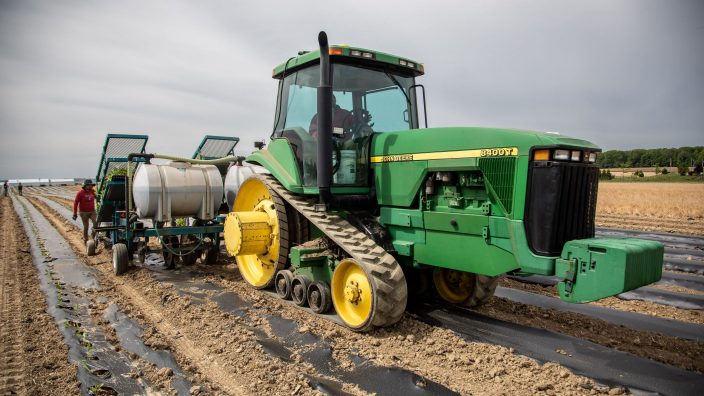Board hosts membership table at Jackson County Fair
The Jackson-Vinton Farm Bureau Board of Trustees set up a membership table at the Jackson County Fair. They partnered with…
Read MoreThe IRS tax code Section 179 deduction is a way to reduce the total cost of new equipment and machinery by enabling the buyer to claim full depreciation in year one.
The following information is provided by Nationwide, the No.1 farm and ranch insurer in the U.S.¹
The IRS tax code Section 179 deduction is a way to reduce the total cost of new equipment and machinery by enabling the buyer to claim full depreciation in year one. Normally, that depreciation (referred to as “bonus depreciation” by the IRS) would be parceled out annually over the time the purchase is financed. You should consult with your personal tax advisor for guidance on Section 179.
According to the IRS, Section 179 deduction was expanded in 2018 to cover both used and new qualifying equipment.
Under Section 179, you can choose which purchases to cover and which you would like to save as future tax breaks. Some farmers and ranchers choose to split the Section 179 deduction for individual purchases in their year-over-year tax planning. You should consult with your personal Tax Advisor for guidance on Section 179.
“In years past, when your business bought qualifying equipment, it typically wrote it off a little at a time through depreciation. In other words, if your company spends $50,000 on a machine, it gets to write off $10,000 a year for five years,” according to Section179.org, a hub of information on the deduction. “Now, while it’s true that this is better than no write-off at all, most business owners would really prefer to write off the entire equipment purchase price for the year they buy it. And that’s exactly what Section 179 does — it allows your business to write off the entire purchase price of qualifying equipment for the current tax year.”
According to the IRS, anyone buying, financing or leasing new or used equipment will qualify for a Section 179 deduction, provided the total amount is less than the yearly cap. For farmers, that typically means equipment, machinery, tools and software purchased between Jan. 1 and Dec. 31.
For example, on equipment purchases of $1.15 million, the first-year write-off is typically $1.05 million, with a bonus first-year depreciation of $100,000. After Section 179 and bonus depreciation are claimed, straight-line depreciation may kick in after the effectiveness of the two prior forms of depreciation are utilized. Straight-line depreciation allows equipment purchased to be depreciated at a rate spread over the remaining years of its expected salvage value. For a piece of equipment with a useful life of five years, that means the total value declines by 20% each year. To leverage a Section 179 deduction in a case like this example, the first step is to consult with your personal tax advisor.
While the tax incentives under Section 179 are appealing to drive down income, farmers and ranchers should avoid depending only on this Code section. “Section 179 is certainly a powerful tool for farmers, but it also comes with some items to watch out for. If you sell the asset you took a 179 deduction on prior to the end of its’ useful life you will be subject to recapture rules. Additionally, if you are planning to transition your operation to the next generation you may be building up a tax wall that may hinder your ability to effectively and efficiently transition those assets how you desire,” said Steve Hamilton, JD of the Nationwide Retirement Institute.
You and your tax professional can reference Section179.org for information you need to make the most of the Section 179 deduction and bonus depreciation before the end of the year. Find additional ideas to protect and strengthen your operation at aginsightcenter.com.
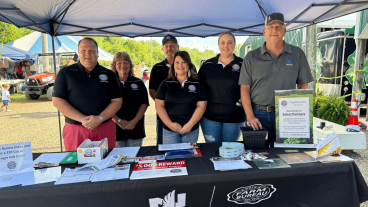
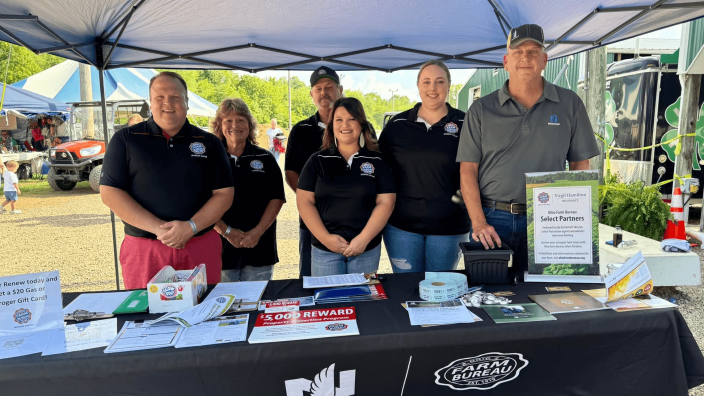
The Jackson-Vinton Farm Bureau Board of Trustees set up a membership table at the Jackson County Fair. They partnered with…
Read More

On this Ohio Farm Bureau Podcast, executives from Delaware, Maryland and Pennsylvania Farm Bureaus share what their members are being challenged with on the policy front.
Read More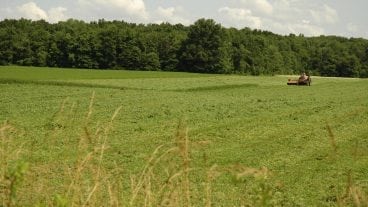
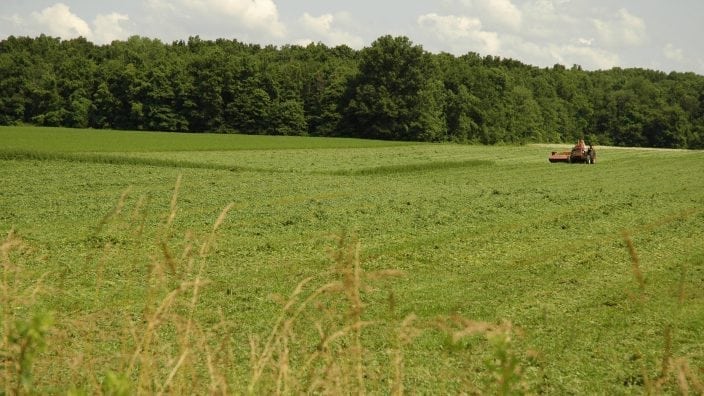
In a skyrocketing farmland market, it’s more important than ever to make sure you’re protected from the many liabilities that come from farmland ownership.
Read More

Each session will feature new and innovative solutions, research, and information on the latest technology and strategies to protect farms and rural communities.
Read More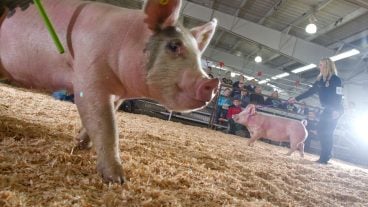
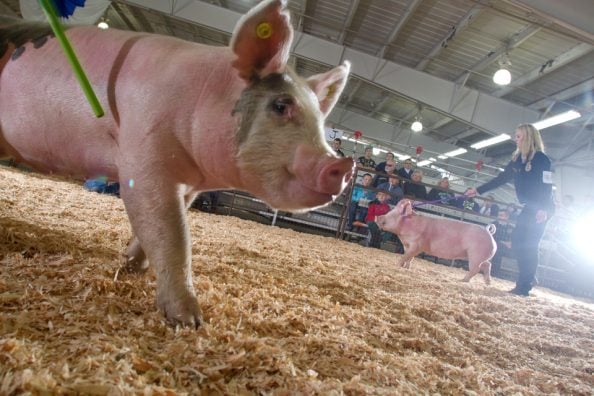
Learn about Nationwide’s new Drive the 5 driver safety campaign and find out how some livestock exhibitions rules have been clarified and simplified for the 2024 county fair show season.
Read More
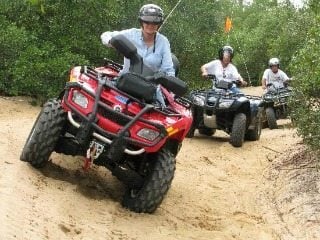
Learn about the new Let’s Champion Rider Safety initiative from Nationwide to spread awareness about ATV and UTV safety. Plus, find out about Ohio State Extension’s new Food Business Central.
Read More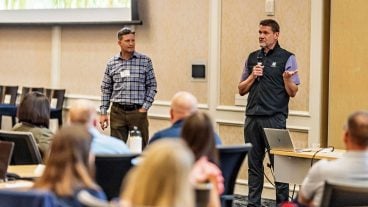
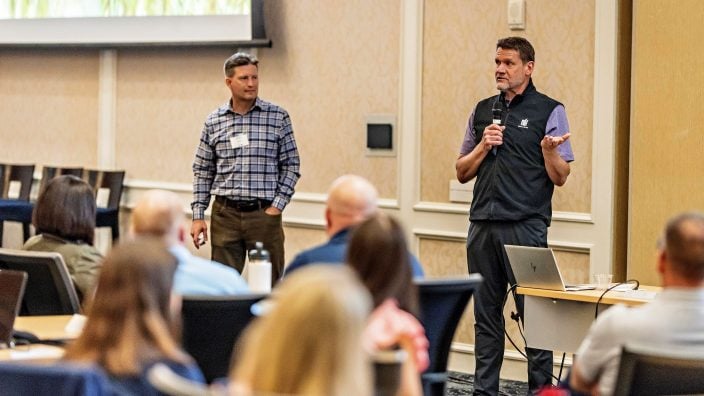
The agents who attended the symposium are all part of Ohio Farm Bureau’s Select Partner Program, an insurance and financial services preferred partnership program for Ohio’s agricultural community.
Read More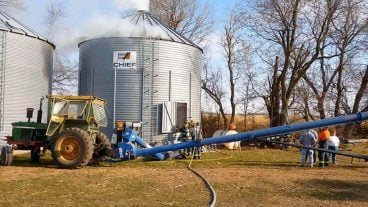
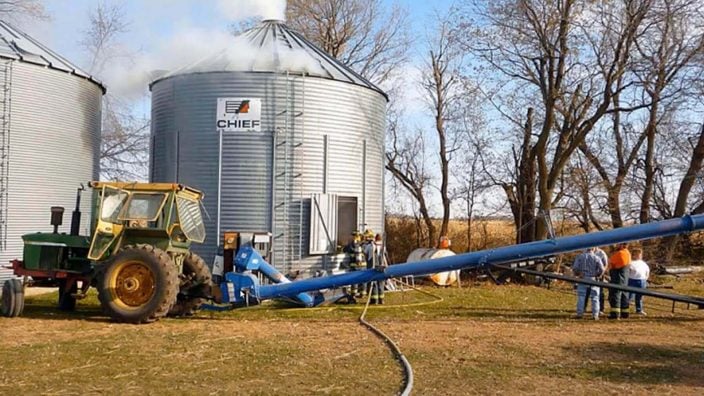
Nationwide is helping its agriculture customers take a proactive approach to fire defense through a new partnership. Plus, learn about common fall hazards around the farm and how to prevent them from an expert with Ohio’s Bureau of Workers’ Compensation on this Ohio Farm Bureau Podcast.
Read More

New resources and technology are broadening the different types of sales tools and strategies available to farmers.
Read More

154 farmers, firefighters and other emergency personnel learned critical information about the hazards of working around manure pits.
Read More